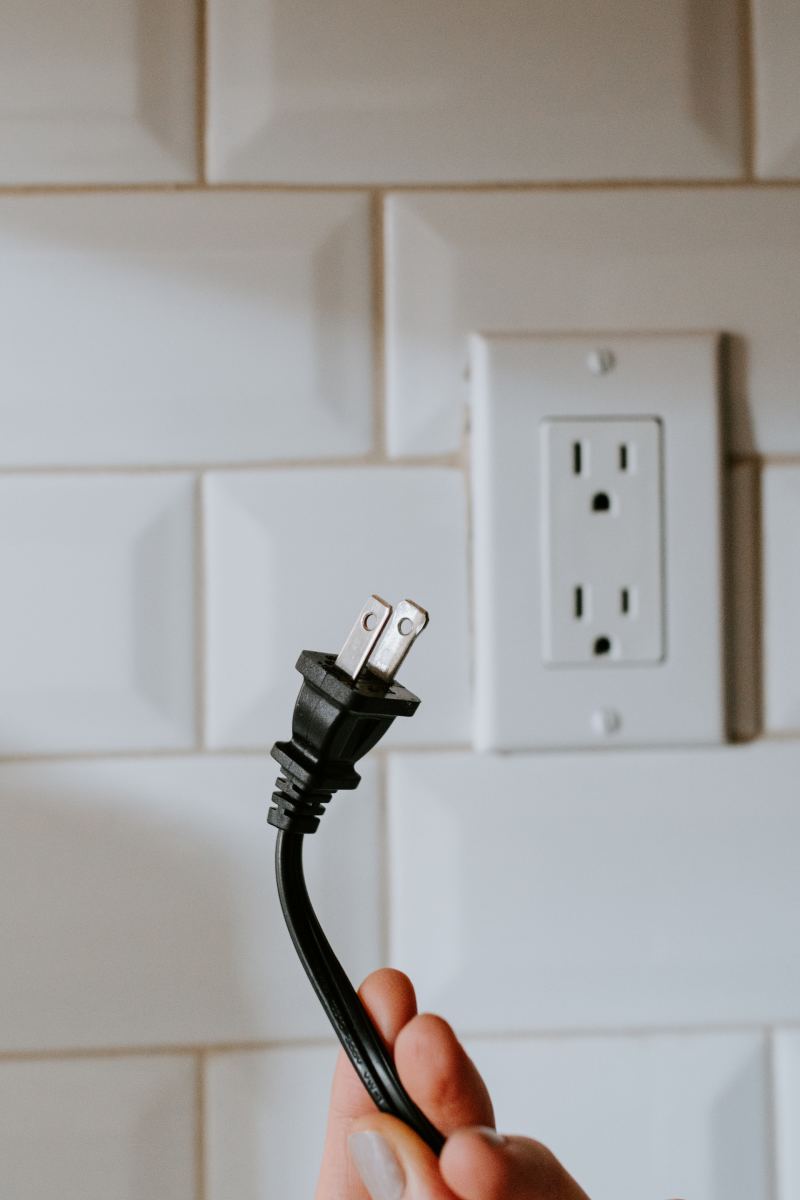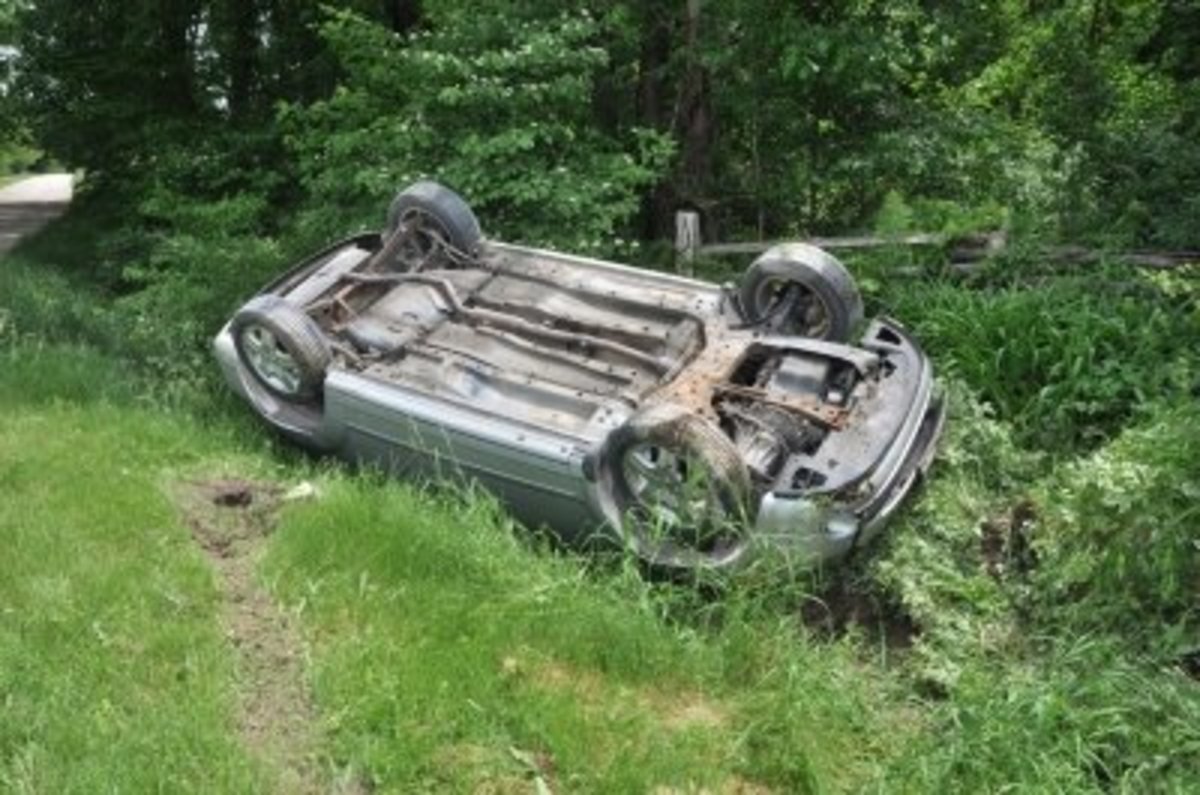Important Household Insurance Definitions
In order to fully understand your household insurance policy, it is important to understand the terminology used by insurance companies. The following is a list of common household insurance terms and their definitions. Each insurer may have slightly different wording to define their intended meaning and it is the insurer’s definition that is applied when a claim is made.
Buildings
The structure of the customer's home including:
• septic tanks and cesspits;
• outbuildings used for domestic purposes;
• fixtures, fittings and decorative finishes;
• swimming pools, ponds, tennis hard courts, garden walls, patios, terraces, hedges, fences, gates, paths and drives at the address shown in the customer's schedule.
Contents
The customer's household furniture, clothing and personal belongings for which they or the members of their household are legally responsible. This includes:
• Money up to a specified amount
• Credit cards up to a specified amount following fraudulent use.
• Metered water and domestic oil up to a specified amount
• Fixtures and fittings in the home and its domestic outbuildings at the address shown on the schedule for which the customer, as a tenant, is legally liable.
• Office equipment, including personal computers, up to a specified amount or up to a specified amount for office equipment usually kept within the customer's home.
• High risk items up to the total shown on the customer's policy schedule
Not withstanding the above, there may still be a difference of opinion as to what “contents” means. Therefore, in this section the insurer will usually state in the policy what is not included. The exclusions will differ depending on the insurer. For example, the insurer may not cover:
• motor vehicles, caravans, trailers, aircraft, hovercraft, watercraft (other than hand-propelled) or parts and accessories on or in any of them;
• livestock and pets;
• plants, trees, shrubs or bushes of any kind;
• share certificates and other documents with a cash value;
• property more specifically insured elsewhere in that or another policy;
• landlord's fixtures and fittings;
• office equipment kept in any outbuilding or garage;
• money held or used for any business purposes;
• any subsequent loss of profits or turnover resulting from any cause;
• business tools or any other business items not used as office equipment.
Credit Cards
Credit cards, charge cards, debit cards, cheque cards and cash cards that belong to the customer or any member of their household and are used for private or domestic use.
Excess/Deductible
This is the first part of the cost of a claim which the customer must bear and which will be deducted from their claim.
A compulsory excess is one which the insurance company applies, and a voluntary deductible is one chosen by the customer, which is in addition to the compulsory excess.
High Risk Items
These will be items containing precious metal or precious stones, jewellery, watches, furs, curios, works of art, stamp or coin collections and musical instruments.
Home
The total area of the plot described in the title deeds, including the private residence and outbuildings used for domestic purposes at the address shown on the schedule.
If the customer lives in a block of flats or maisonettes, 'Home' may include the shared parts for which, under the terms of their lease, they are responsible and must replace or repair.
Household
All members of the customer's family and any other people (but not boarders, lodgers, paying guests or tenants) who permanently live with them in their home.
Money
This definition will comprise current bank notes and coins, cheques, postal and money orders, postage stamps that are not part of a stamp collection, savings stamps and savings certificates, phone cards, luncheon vouchers, travellers' cheques, travel tickets, bonds, pre-paid tickets and gift voucher's. There will usually be an exception for any items held for business purposes, which will not be covered under the terms of the policy.
Motor vehicles
The contents section of the insurance policy will cover any electrically or mechanically powered vehicles (including motorcycles, toys and models). However, the following are usually excluded under a household insurance policy:
• Any electrically or mechanically powered wheelchairs or gardening machinery.
• Any electrically or mechanically powered toys, models or golf trolleys which are controlled by someone on foot.
Office Equipment
Office equipment comprising office furniture, computers, including their keyboards, visual display units, printers, word processors, fax machines, photocopiers, scanners, typewriters and telecommunications equipment will be insured, subject to an overall limit stated in the contents insurance definition.
Period of Cover
The period shown in the customer's schedule, for which the insurer has agreed to insure the customer and for which the customer has paid, or agreed to pay a premium.
Personal Possessions
These are defined as personal property (items which are usually 'worn, used or carried around in everyday life) the customer or their household own including:
• high risk items up to a limit,
• pedal cycles and accessories
The limits only apply if the customer has not previously informed the insurer that they wish to insure the item or items separately under the policy as a specified item. The customer may make such a request when, for example, they own a piece of jewellery valued at $70,000 and they want to ensure that they can replace the item in full. If the insurer agrees to insure this item, they will require proof of ownership and evidence to support the current value of the item.
The customer would have to pay a higher premium to cover the additional risk, and in the above example, the piece of jewellery will then be shown separately on the customer's schedule.
Again, as there needs to be clarity as to what the insurer considers to be personal possessions and which can, therefore, be insured with them, the insurer will usually state what they will not cover.
Unoccupied
Under the terms of the policy, unoccupied means that the property is either:
• insufficiently furnished for normal living purposes; or
• at the time of loss or damage was not being lived in by the
- customer, or
- a member of their household, or
- any other person who had the customer's permission.
Additionally, the customer will usually be referred to the unoccupied homes claim condition in the household insurance policy with which they are expected to comply.









